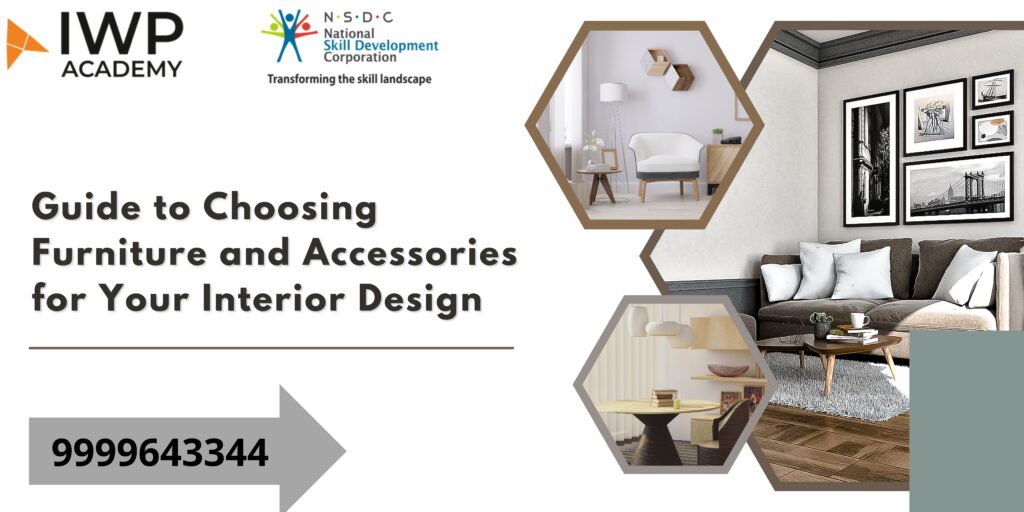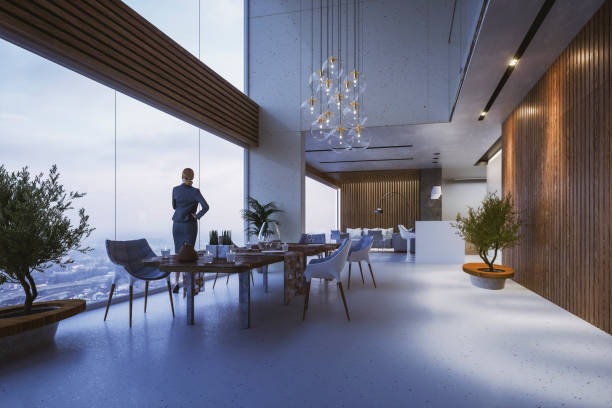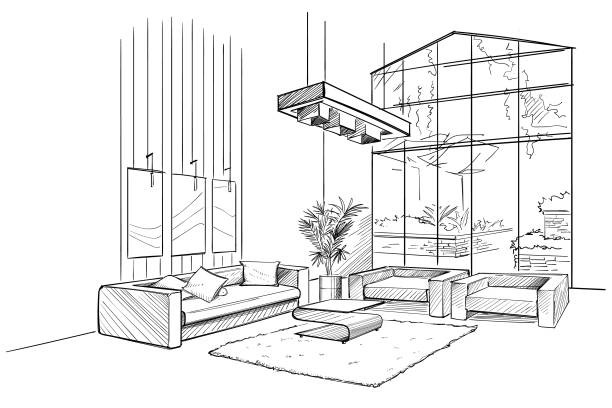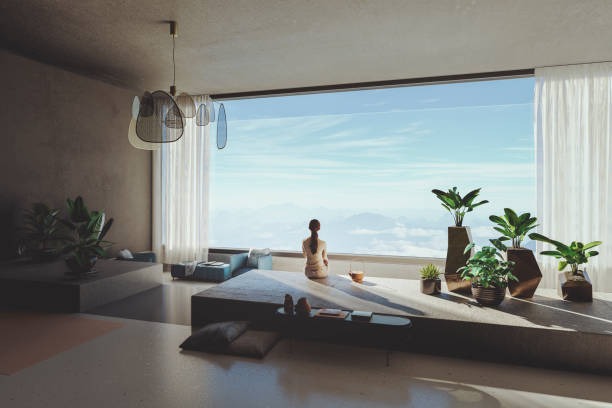Creating the perfect interior space is an art form that goes beyond paint and wallpaper. The choice of furniture and accessories plays a pivotal role in defining the ambiance and personality of your home. Whether you’re moving into a new space or simply looking to revamp your existing one, this guide will help you navigate the process of selecting the perfect furniture and accessories for your interior design.

Define Your Style
Before diving into the world of furniture and accessories, it’s essential to understand your personal style and the overall aesthetic you want to achieve. Are you drawn to minimalist, contemporary designs, or do you prefer the warmth of rustic and traditional elements? Your style preference will serve as the foundation for all your design decisions.
Take Measurements
Measure your space meticulously to ensure that the furniture and accessories you choose fit comfortably and allow for easy movement. Pay attention to doorways, hallways, and any obstacles that might affect the placement of your items. Accurate measurements will prevent unnecessary headaches later on.
Create a Layout
Sketch out a rough floor plan that outlines the placement of your furniture and accessories. Consider traffic flow, focal points, and the function of each area. A well-thought-out layout ensures that everything in your space serves a purpose and contributes to the overall harmony of the design.
Quality Matters
Invest in high-quality furniture and accessories that are built to last. While they may come with a higher price tag, quality pieces often outlive their cheaper counterparts and provide better comfort and durability. Look for reputable brands and read reviews to ensure you’re making a wise investment.
Mix and Match
Don’t be afraid to mix and match different styles and materials. Combining contrasting elements can create a unique and visually appealing look. For example, pair a sleek, modern sofa with vintage wooden coffee tables for an eclectic yet harmonious blend.
Consider Functionality
Think about how each piece of furniture will be used. Opt for comfortable and practical choices, especially for items like sofas, chairs, and dining tables. Storage solutions can also be a valuable addition to keep your space organized and clutter-free.
Cohesive Color Palette
Stick to a consistent color palette to maintain cohesion in your interior design. This doesn’t mean everything has to match perfectly, but selecting items that complement or harmonize with your chosen colors will create a unified and visually pleasing environment.
Personalize with Accessories
Accessories are the finishing touches that bring life to your space. Incorporate personal items, artwork, and decor that reflect your personality and tell your story. Be mindful of scale and proportion when arranging accessories to avoid overcrowding or underwhelming your space.
Lighting Matters
Proper lighting is often overlooked but can significantly impact the atmosphere of a room. Consider a mix of ambient, task, and accent lighting to create a layered and inviting space. Chandeliers, table lamps, and sconces can add both function and style.
Stay Flexible
As your tastes evolve, so can your interior design. Don’t be afraid to rearrange furniture and swap out accessories to keep your space fresh and exciting. Interior design is an ongoing process, and your home should evolve with you.
Conclusion
Choosing the perfect furniture and accessories for your interior design is a creative and rewarding endeavor. By defining your style, carefully planning your layout, and considering factors like quality and functionality, you can craft a space that not only looks beautiful but also feels comfortable and functional. Remember that your home is a reflection of your personality, so let your unique style shine through in every choice you make.



FREQUENTLY ASKED QUESTIONS (FAQS)
What should I consider when choosing furniture for a specific room?
You should think about the room’s purpose, size, and layout. Measure the space to ensure furniture fits comfortably. Additionally, consider the color scheme, materials, and functionality of the furniture in relation to the room’s intended use.
How do I determine my interior design style before selecting furniture and accessories?
Start by exploring different design styles and identifying what resonates with you. Consider your personal preferences, lifestyle, and the existing architecture of your space. Online mood boards and design inspiration platforms can be helpful in clarifying your style.
Should I prioritize quality over price when buying furniture and accessories?
Quality should be a priority, especially for items you plan to keep long-term. Investing in well-made, durable pieces can save you money in the long run, as they tend to last longer and require less frequent replacement or maintenance.
